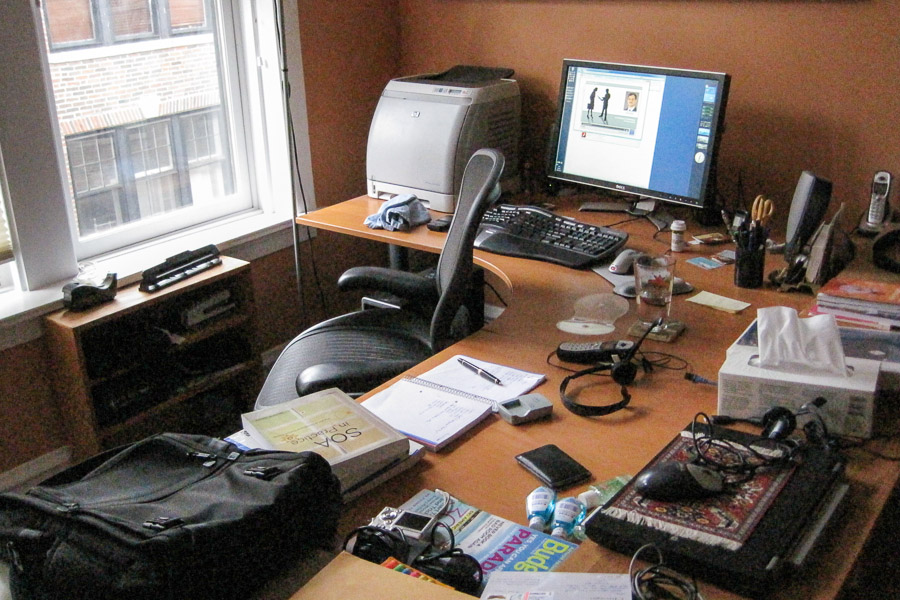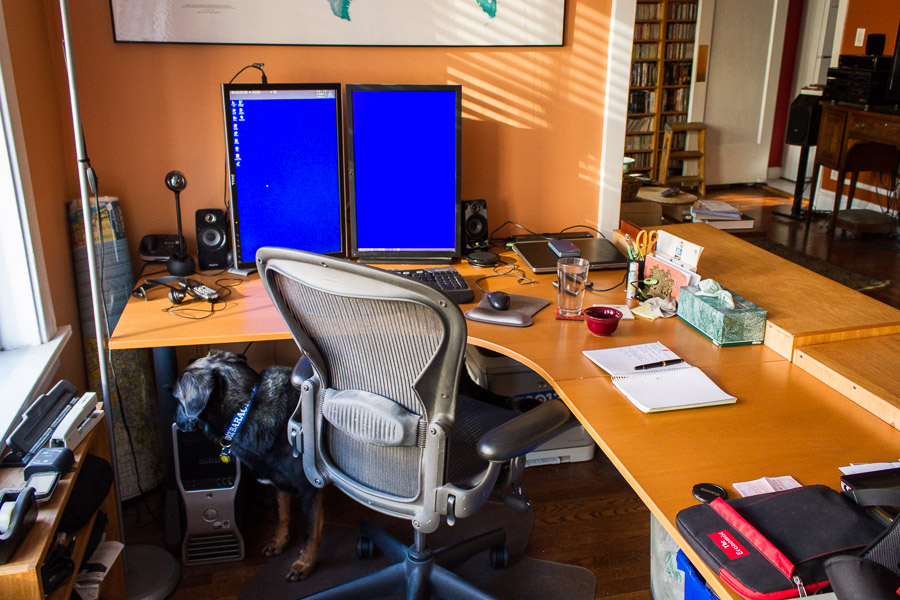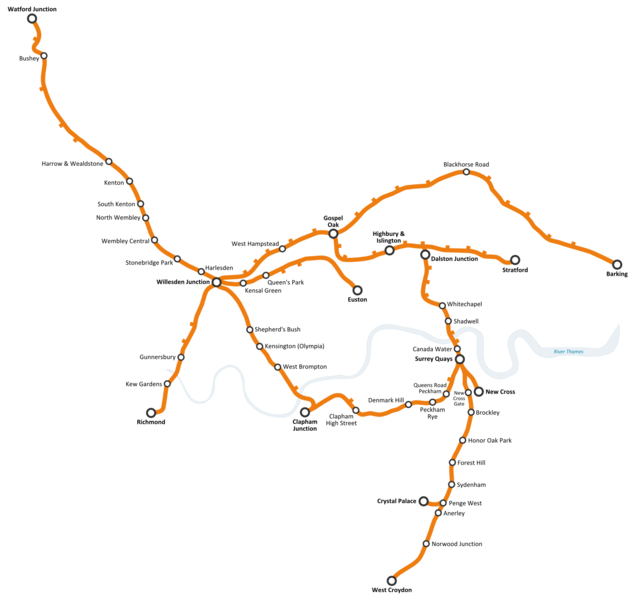Like James Fallows, I'm a member of the Airplane Owners and Pilots Association (AOPA), which has a rigid, give-no-ground policy against aviation user fees. Fallows draws a parallel to the NRA, and notes the key difference:
The merits of the user fee debate are not my point right now. (Summary of the AOPA side: non-airline aviation activity already "pays its way" through the quite hefty tax imposed on each gallon of airplane fuel, plus providing all kinds of ancillary benefits to the country. I agree about the benefits and that the American aviation scene is the envy of the world.) Rather it is to introduce a comparison between AOPA and the real NRA. This comes from my friend Garrett Gruener, a successful Bay Area entrepreneur and venture capitalist who is also a longtime pilot. In the 1990s he even took an around-the-world trip, with his wife and daughter, in their turboprop airplane. He writes:
The difference is the overwhelming focus on safety. I feel that AOPA is the FAA's partner in trying to reduce the number of fatalities in aviation, while the NRA never gets beyond "guns don't kill...".
What Gruener says about the AOPA rings true to my experience. The only thing the AOPA talks about more than user fees is safety, and the individual and system-wide changes that can reduce the accident level.
So far, more than 24 hours after the killings in Newtown, Conn., the NRA hasn't said a peep about it.
I think it's time for this, so we don't have to watch more children die:
28th Article of Amendment
1. Notwithstanding the second Article of Amendment to this Constitution, the Congress and the several States shall have the power to regulate the keeping and bearing of arms to provide for the common defense and promote the general welfare of the People.
2. Nothing in this Article shall prohibit the manufacture, sale, importation, or possession of arms within prevailing community standards.
3. The right of the States to form and arm well-regulated militias shall not be abridged.
4. The Congress and the several States shall have concurrent power to enforce this article by appropriate legislation.
This language wouldn't prohibit people from owning guns; in fact, it explicitly requires states to allow people to own whatever guns their community believes is appropriate. Federalism, right?
It would, however, allow states and cities to prevent people from owning .223-caliber assault rifles. And it would allow states to prohibit concealed carrying.
On the same day a demented man killed 18 children with a gun in Connecticut, another demented man slashed 22 children in China. Do you think for one minute if the guy in China had access to guns he would have hesitated to use one?
I'm outraged. Absolutely outraged. And I'm not willing to accept 9,200 gun murders per year as the price of keeping around a 223-year-old law whose author could not possibly have imagined what happened in Newtown today.
Is England (41 gun murders) or Canada (173) really that much less free than the U.S.? Do we need 270 million guns in civilian hands? Or can we end the insanity?
This caught my eye as I walked to work from the El this morning:

History buffs and Chicagoans may recognize this spot as the place where the Great Flood of 1992 started.
Last night I continued reducing local computing costs by turning off my home desktop PC. The old PC has a ton of space and a lot of applications that my laptop doesn't have, plus a nifty dual-DVI video card. But a couple of things have changed since 2008.
First, my current laptop, a Dell Latitude E6420, has a faster processor, the same amount of RAM, and a solid-state drive, making it about twice as fast as the desktop. Second, Dell has a new, upgraded docking station that will drive two big monitors easily. (Sadly, though the docking station can drive two DVIs, my laptop's video chip can only do one DVI and one VGA.) Third, the laptop uses buttloads less power than the desktop. Fourth, portable terabyte drives are a lot less expensive today than in 2008—and a lot smaller. And finally, I take my laptop to and from work, meaning I have a minor hassle keeping it synchronized with my desktop.
Here's my office about three years ago (January 2010):

A few months later I got a second 24-inch monitor (November 2010 photo):

Notice the printer has moved to make room for the second monitor, but otherwise the setup remains the same. The monitors connect to the desktop under the desk to the left, while the laptop has its own cradle to the right.
Now this afternoon:

The printer has landed on the floor directly under where it used to sit (I print about 3 pages per month, so this isn't the inconvenience it seems), the laptop has moved over to the printer's old spot (and has connected to the monitors), and the old desktop machine sits quietly consuming 225 fewer Watts per hour. I also replaced the 10-year-old, no-longer-functioning 2+1 speaker set with a more compact set. The round thing between the keyboard and the laptop near the center of the photo is a speakerphone that I use with Skype.
I think everyone knows the dog under the desk by now, too. He's not happy that I rearranged his favorite sleeping cave, so I might get a couple of weeks without mounds of dog hair under my desk until he decides the printer is harmless.
So far today I have been unusually productive, whether because of the novelty or because I have a fire-under-the-ass deadline at work. So back to it.
Cranky Flier analyzes the surprise Delta-Virgin merger in terms of JFK–LHR:
Of course, British Airways and American have the strongest position in London by far. Delta would have been hard-pressed to grow a position itself considering the slot restrictions at the airport along with the already ample capacity on these routes. With this deal, Delta becomes more relevant in London, but more importantly, it becomes more relevant in places like New York, from where London is one of the most important business destinations. This simple chart showing daily flights each way from all New York airports should make it very clear.
| Routes
| AA/BA
| Delta
| Delta
+ Virgin
|
| New York-Heathrow
| 15
| 2
| 8
|
I told you it was a simple one. Today, Delta is an afterthought. If its schedule fits a loyal traveler’s needs, then people will take it. But more often than not, that probably won’t happen. Combined with Virgin Atlantic, however, there is a very respectable schedule that now also covers the other side of the Hudson in Newark. Delta becomes relevant.
Whatever happens, I just hope there are at least three airlines left standing. That's enough for real competition on popular routes, and none is more popular for trans-Atlantic travel than New York to London.
All right, all right. It's 12-12-12 everyone! Happy?
Save time; call it 12³.
Possibly in mourning, as the last Hostess Twinkies hit the shelves in Chicago today:
Jewel-Osco said Monday that the final shipment of Hostess Brands baked goods, including Twinkies, will be delivered and sold at Chicago area Jewel stores Tuesday morning.
About 20,000 boxes of Twinkies, Ding Dongs and other Hostess products will be placed on store shelves at different times of day at different stores. Jewel lists the store locations and estimated times of delivery on Facebook, facebook.com/JewelOsco.
All is not lost, of course. The Sun-Times notes, "Hundreds of potential buyers, including at least five major retailers, have expressed interest in Hostess’ brands, recipes and some of its factories." But if you wanted to get one, last Twinkie, hurry to da Jools right now.
Chicago has had no measurable snowfall since March 4th, 281 days ago, which is the longest such period in Chicago history:
If no measurable snow falls at O'Hare today [it didn't—DB], we could go on to shatter the previous record by at least another 4 days. The forecast is dry after today through the end of the week. The graphics [on WGN's blog post] show the total snowfall accumulation forecast for the next 10 days ending early next Thursday morning. The GFS model (on top) shows a potential of 33 mm during the period while the European model (on bottom) shows a potential for up to 102 mm. Hang in there snow lovers!
A snow-free environment from March 4th to December 14th is more normal for Raleigh, N.C., not for Chicago. Or anyway, it used to be.
The Cranky Flier has some inside dish on the possible airline merger that I mentioned Friday:
US Airways is still trying to convince American that its plan is better. Maybe American management will get a big enough payout to go along. Or maybe AA’s management will see the writing on the wall depending upon how this offer unfolds and just decide it can’t win. Or maybe it can actually come up with something that will keep American independent, but I’d say that the chances of that are slim.
As we head toward the holidays, everything starts to slow down. We might not hear anything about a merger until the new year, but I wouldn’t expect that we’d be waiting much longer than that. The time to decide which way this airline is going is here. Now we just have to sit and wait to see what happens. I’m still expecting that a merger will happen, but I’m really curious to see how it all unfolds.
This comes on the heels of American's pilots reaching agreement with management on a labor contract, which helps fix the value of the combined airline.
This morning, Transport for London opened a new branch of the London Overground, creating a circular line connecting many of London's less-affluent neighborhoods in a giant circle:
Until recently, substantial parts of London (notably the South and East) had limited subway access, relying instead on poorly integrated, less reliable commuter rail lines run by national train companies. Some of these worked okay and some were terrible – the notoriously unreliable one near where I grew up used to be called the Cinderella Line, presumably because while you were waiting eternally for some grand carriage to arrive, all you saw on the line were mice.
The Overground has taken these old lines and knitted them together with newly constructed underground trackways and new stations (mainly in the under-served South and East). A number of these stations also have subway connections, so this once separate network is now a fully integrated extension to the subway rather than a shoddy, second-tier alternative.
The Overground’s rolling stock is also a huge improvement. While London’s subway trains are constrained by narrow tunnels, the Overground’s single carriage trains are wider and higher, with space for bikes outside rush hour and air conditioning.

(The new London Overground, as of today.)